The mushrooms are already here? Find out when mushrooms come out after the rains.
2 years ago · Updated 6 months ago
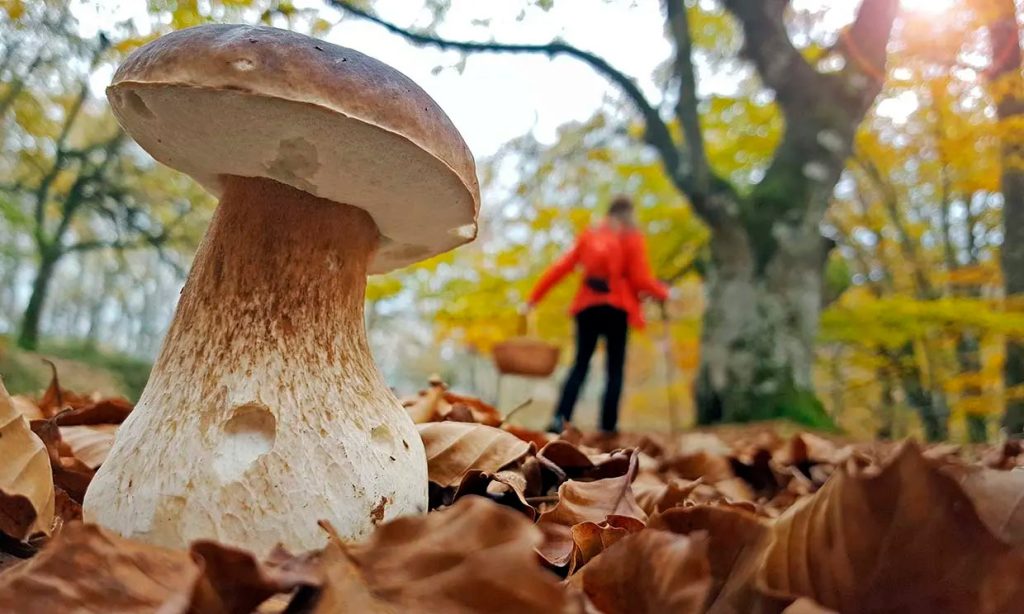
How long does it take for mushrooms to appear after rain? , Where are the mushrooms now?
The million-dollar questions. After a spell of heavy rain, or DANA as it is now known, mushroom hunters start to get itchy feet. With calendar in hand, we start planning our next trips to areas where it has rained heavily.
But to avoid driving miles for nothing and coming back with an empty basket, it's best to know when mushrooms grow in the forest. Because not all mushrooms are the same and they don't all grow in the same way.
When do mushrooms come out?
This fruiting depends on multiple variables such as soil type, humidity, and temperature (of the soil and the environment), and above all, rain. It is the combination of these variables that allows us to find milk mushrooms or boletus mushrooms in the woods.
Each species of mushroom has specific conditions for sprouting, which also vary depending on the geographical area where we are located. Thus, we can find the first blooms of milk caps or rovellones in the Pyrenees at the beginning of summer, while they do not appear in the south until October or November.
Despite these constraints, which give mycology enthusiasts so much to think about, if we want to know if mushrooms have already sprouted, there are a few things to keep in mind to ensure the success of our forest outings.
Factors influencing mushroom growth
Mushroom growth is not an exact science and is influenced by a complex interaction of factors. In addition to rainfall, other important factors include the species of mushroom, ambient humidity, soil type, substrate, and temperature. Each of these factors plays a key role in the mushroom growth process.
https: //youtu. be/_jrFGD8lShA
When do porcini mushrooms appear? Rapid development and sensitivity to rain
Porcini mushrooms are famous for their rapid development. In general, it takes 4 to 5 days to go from the button stage to a mature mushroom. This process is accelerated when there is heavy rain combined with suitable temperatures. In addition, it is important to note that porcini mushrooms are particularly sensitive to heavy rain and can appear quickly after a period of precipitation.
Thermophilic mushrooms, such as porcini mushrooms (mainly Boletus aereus), are particularly interesting because of their sensitivity to temperature changes.
In general, these mushrooms begin to appear between 12 and 15 days after rainfall. Mushroom production is more abundant if the soil remains moist or if there is more rain before the end of this cycle.
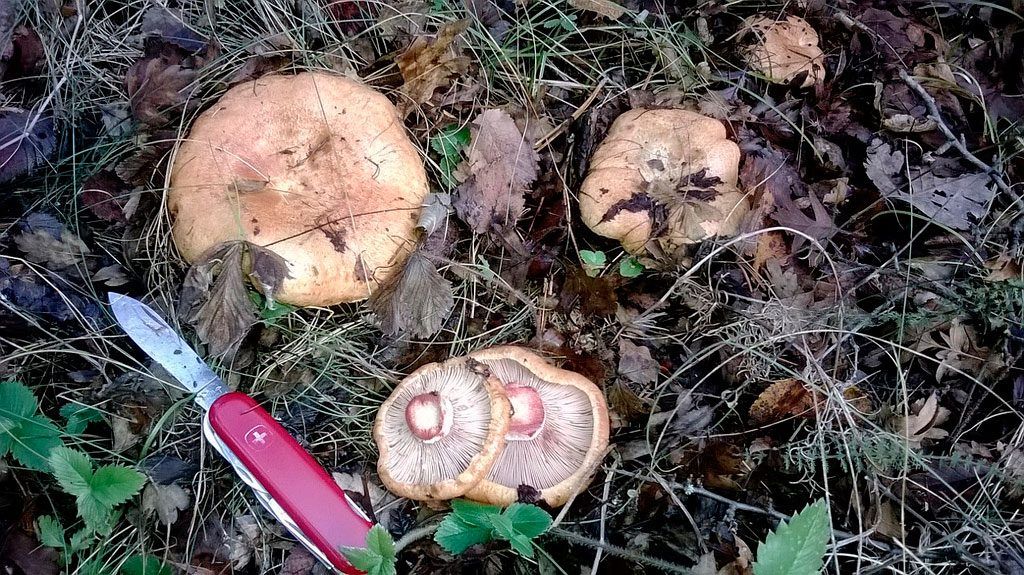
When do delicious milk caps (Lactarius deliciosus) appear? Patience is key
Delicious milk caps, on the other hand, usually appear in autumn and require a little more patience. Normally, it takes about 30 to 40 days after the first heavy rains of the season for delicious milk caps to reach their proper size (about 20 l/m2).
After these rains, the mycelium will need more rain; the heavier the rains, the stronger the mushroom crop will be. Thus, the growth of delicious milk caps at the end of summer is due to the rains in July and the thunderstorms in August.
The intensity of the rains plays a fundamental role in the quantity of delicious milk caps that ultimately develop.
It is important to note that these mushrooms begin to appear at high altitudes and, as the season progresses, they descend to sea level!
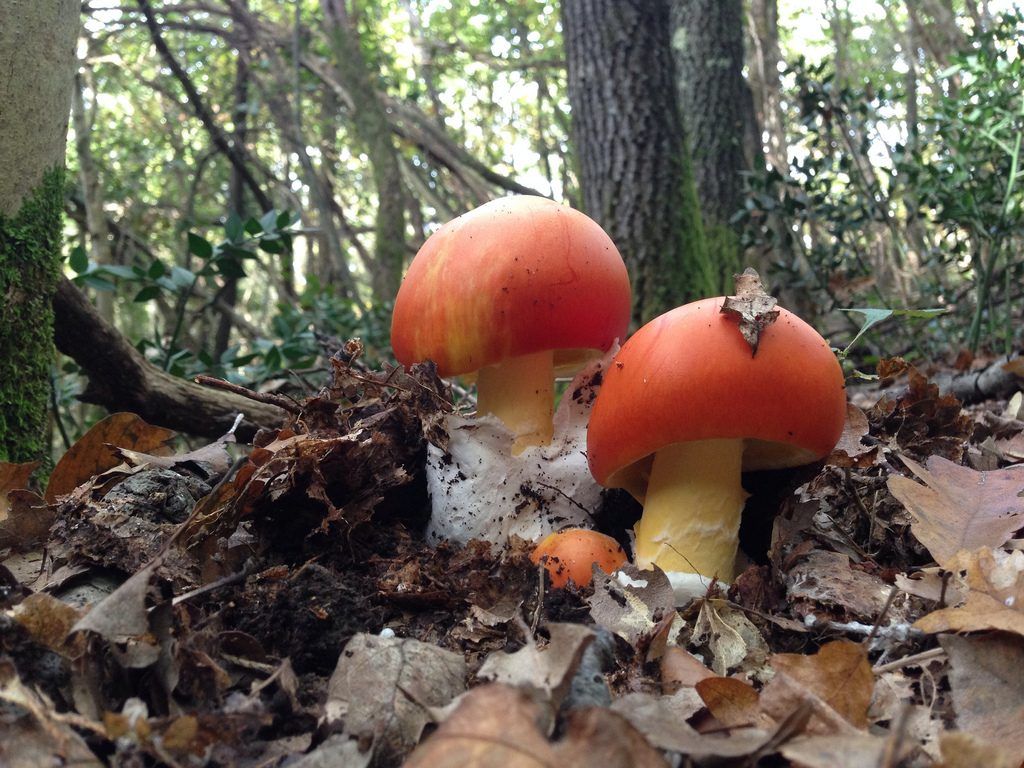
Cycle of Amanita caesarea
Amanita caesarea is a mushroom prized for its delicacy and exquisite flavor. It appears after rainfall, usually in a cycle of about 21 days. This mushroom is one of the most sought-after mycological gems and is characterized by its orange color and convex cap. It usually shares its habitat with Boletus aereus, so if we have harvested black mushrooms, we will only have to return to the same area a week later
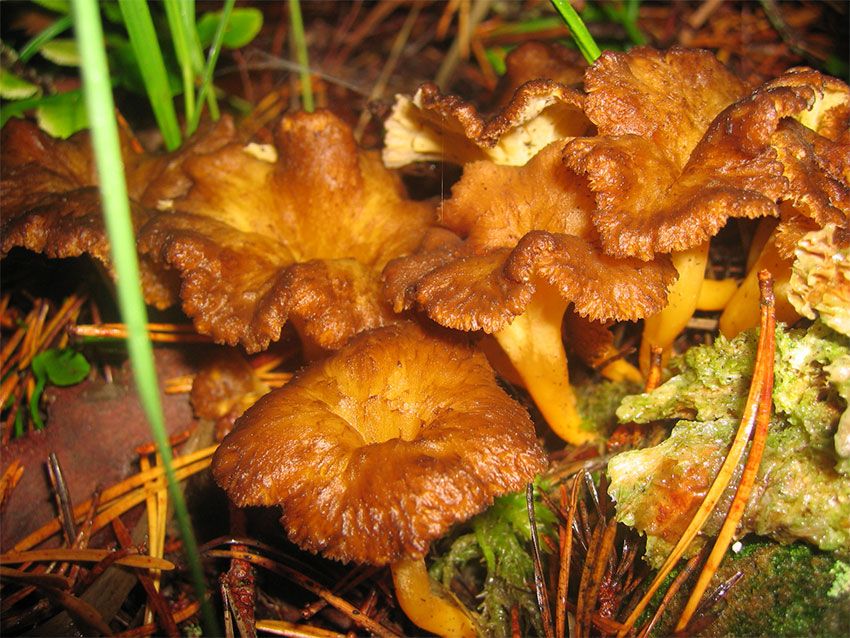
Cantharellus lutescens: the charm of yellowing chanterelles
Cantharellus lutescens, also known as yellowing chanterelles, are another mycological delicacy. These mushrooms tend to emerge after rainfall, and their development cycle varies depending on conditions. In general, they can appear within 15 to 30 days after rainfall. Their distinctive funnel shape and mild flavor make them highly sought after in cooking.
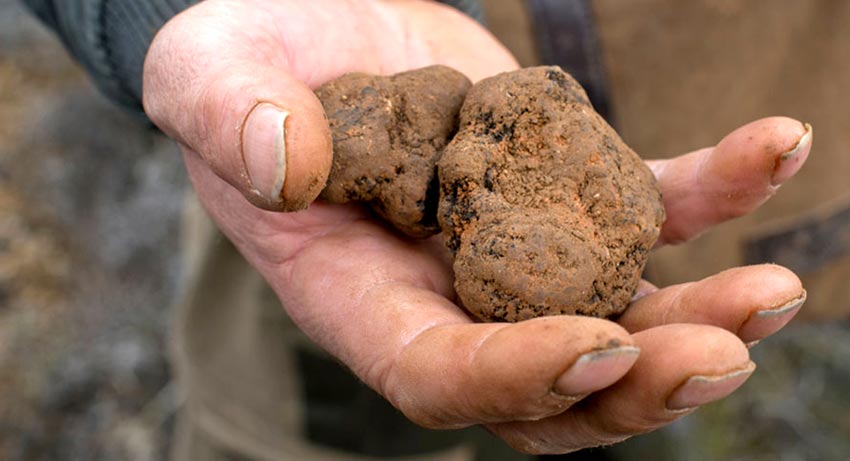
The long growth cycle of truffles
Truffles, a highly prized delicacy, are distinguished by their exceptionally long growth cycle. Some varieties of truffles can take up to 5 months or more to appear after adequate rainfall. This long process is one of the reasons why truffles are so highly valued in gastronomy.
There are also certain species of mushrooms whose emergence signals the appearance of others. Some species prolong their emergence for weeks and months, while others are much more capricious and only emerge for a few days.
There are certain species that remain dormant for years, waiting for favorable climatic conditions, their mycelia activating when this occurs.
It is important to note that these time frames are not exact and can vary considerably depending on the amount of water, geographical location, and local temperatures. Experience in mushroom picking and direct observation in the field are the best ways to learn how to adapt to changing conditions and the particularities of each species.
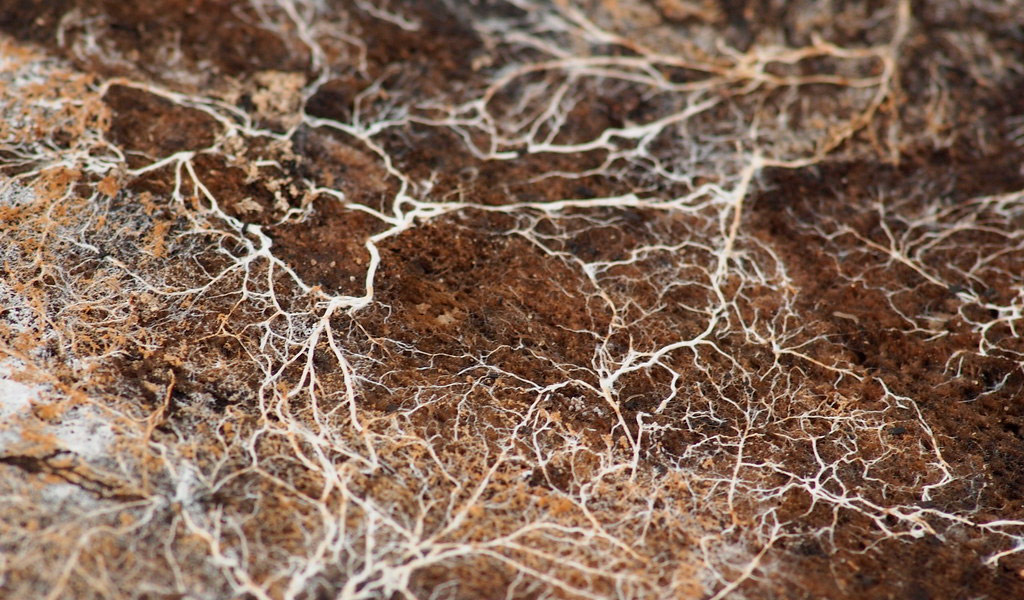
Why do mushrooms appear?
Have you ever wondered why mushrooms grow? What wonderful and complex causes lead to mushrooms appearing in the woods? The answer is MYCELIUM.
Understanding what mycelium is and how it works is necessary to understand the fungal kingdom, because to define it in a way that we can understand, mycelium would be the tree from which mushrooms grow, which would be their fruit.
Fungus cycles
Mycelium
Mycelium is a complicated and complex union of small filaments, which we call hyphae, that grow freely in the soil. We could summarize it by imagining a slice of bread with mold on it. The spider web-like structure that forms on the decomposing bread is the mycelium, in this case that of the mold. But this mycelium does not only spread on the surface, it also penetrates inside and spreads underneath.
This is one of the reasons why it is recommended to cut specimens of certain species of fungi.
If we pull on the mushroom, we abruptly separate the mushroom from the mycelium and break the filaments or hyphae. In short, we limit the growth of more mushrooms at that stage. If, on the other hand, we cut the mushroom's stem, we leave the mycelium intact and free to grow another mushroom in the same place.
Although this discussion of cutting or pulling up fills the discussion forums of mycology enthusiasts and there are always differing opinions, as this theory does not apply to certain species of mushrooms that suffer less if they are pulled up.
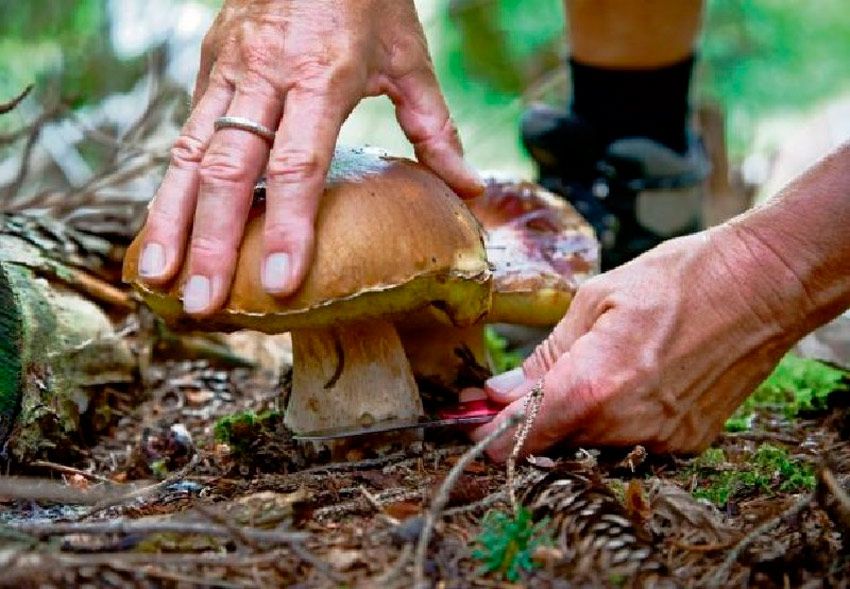
The symbiosis of mushrooms
So, why do mushrooms grow next to certain species of trees? Well, thanks to the association or symbiosis between species. Thanks to this natural rule, the two associated species benefit from each other.
The filaments of the mycelium, which are much finer than tree roots, join together, multiplying the latter's ability to receive food, nutrients, and minerals from the subsoil. In the same way, fungi also receive nutrients, as some nutrients cannot be absorbed by fungi but can be absorbed by tree roots, so they also end up reaching the fungi.
Mycorrhization of fungi
This union is called mycorrhization and is extremely widespread in the plant world, as it is estimated that 95% of plant species benefit to some extent from this symbiosis with fungi and mushrooms in the subsoil.
Apart from mycorrhization, there are other types of fungi and mushrooms that do not need this symbiosis because they feed on dead wood, which is why there are many species of fungi that grow on tree trunks, decomposing this dead wood and fulfilling their function as recyclers. This is the case with Agrocibe aegerita or poplar mushroom, which is commonly found on trees such as willows, poplars, and certain fruit trees.
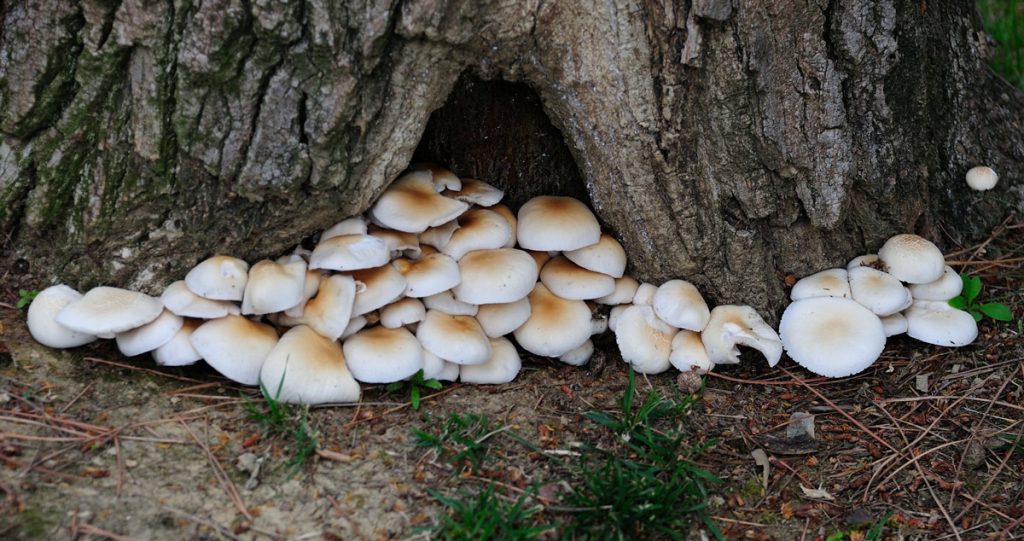
Climate change and fungi
Last but not least, there is the global warming of our planet. Every year, we break records for rising temperatures, we experience atypical autumns and winters, long periods of drought such as this year with more than 110 days without rain in the Levant.
There is an undeniable direct link between this rise in temperatures and the changes it causes, with the delay in the start of the mycological seasons, mainly affecting milk caps and boletes.

Te pueden interesar